
China
17:16, 10-Oct-2017
Amazing China: Five years of targeted poverty alleviation (Part 2)
CGTN
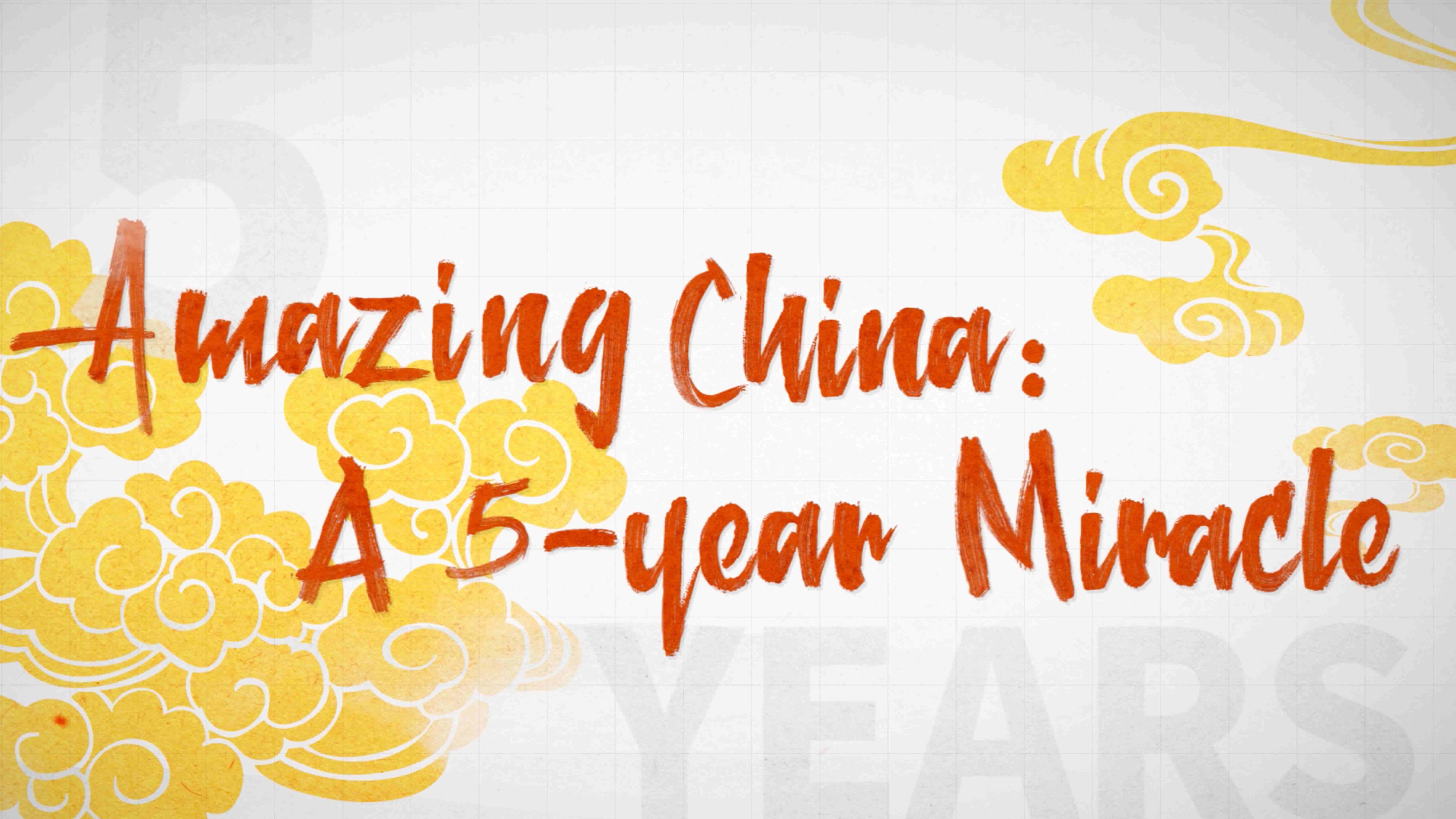
During the past 30 years, China has helped 800 million people escape poverty, which accounts for 70% of all people lifted out of poverty worldwide. Ban Ki-moon, eighth Secretary-General of the United Nations, recognized China’s efforts by saying “China has achieved transformational results in reducing poverty." Many global media outlets also applauded China’s achievements in this field.
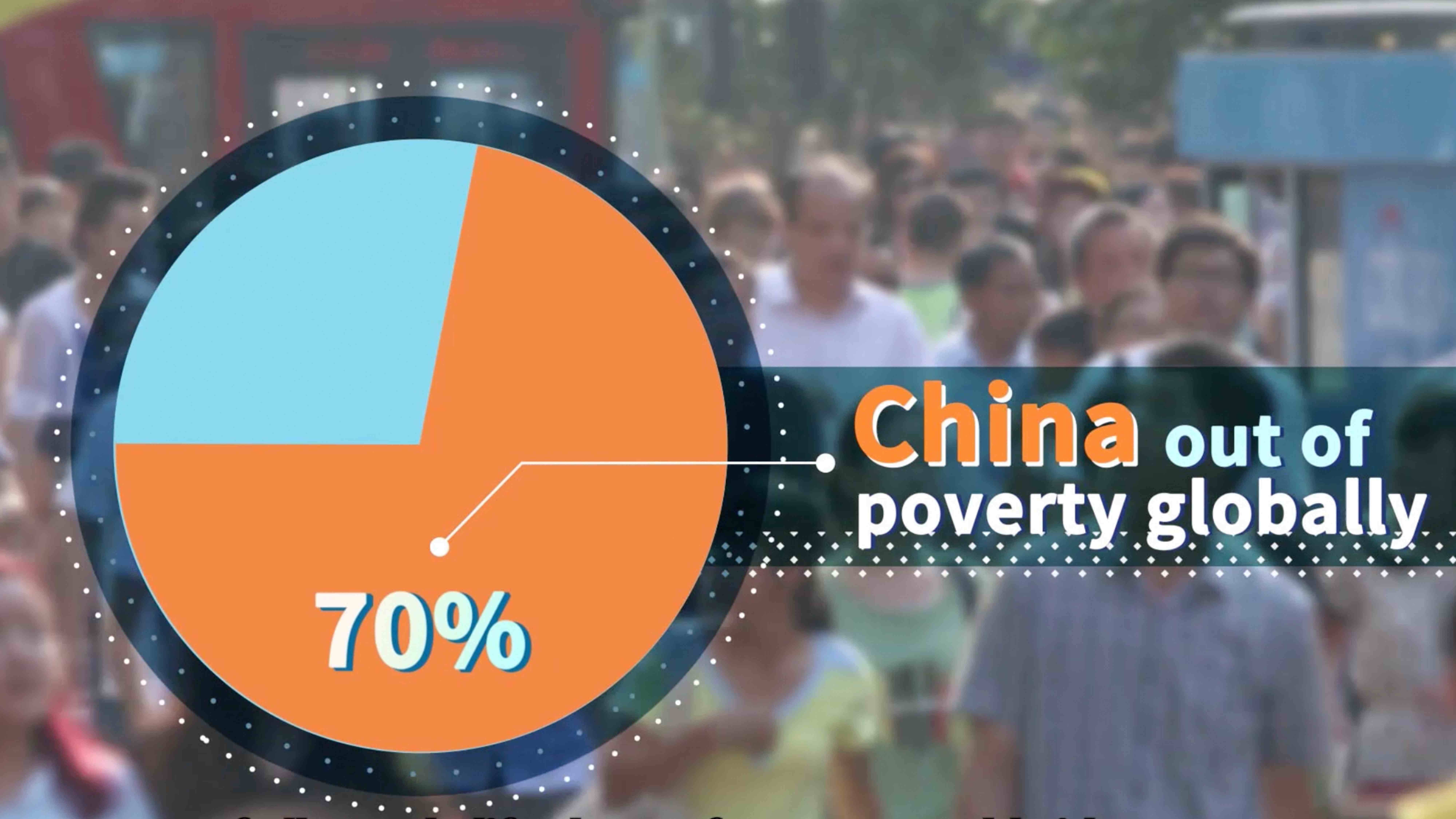
By the end of 2015, Chinese President Xi Jinping brought up the idea of “eliminating poverty in China by 2020” - 10 years ahead of the target of ‘eliminating poverty in all forms by 2030’ set by the United Nations.

Today, there are still more than 800 million people living in extreme poverty in the world. The success of Chinese poverty alleviation serves as a valuable experience for the whole world.
Besides personalized anti-poverty plans for each person, the nation’s targeted poverty alleviation efforts also include various arrangements to create work opportunities and give people job training, turning the anti-poverty mode from “blood transfusion” to “hematopoiesis.”
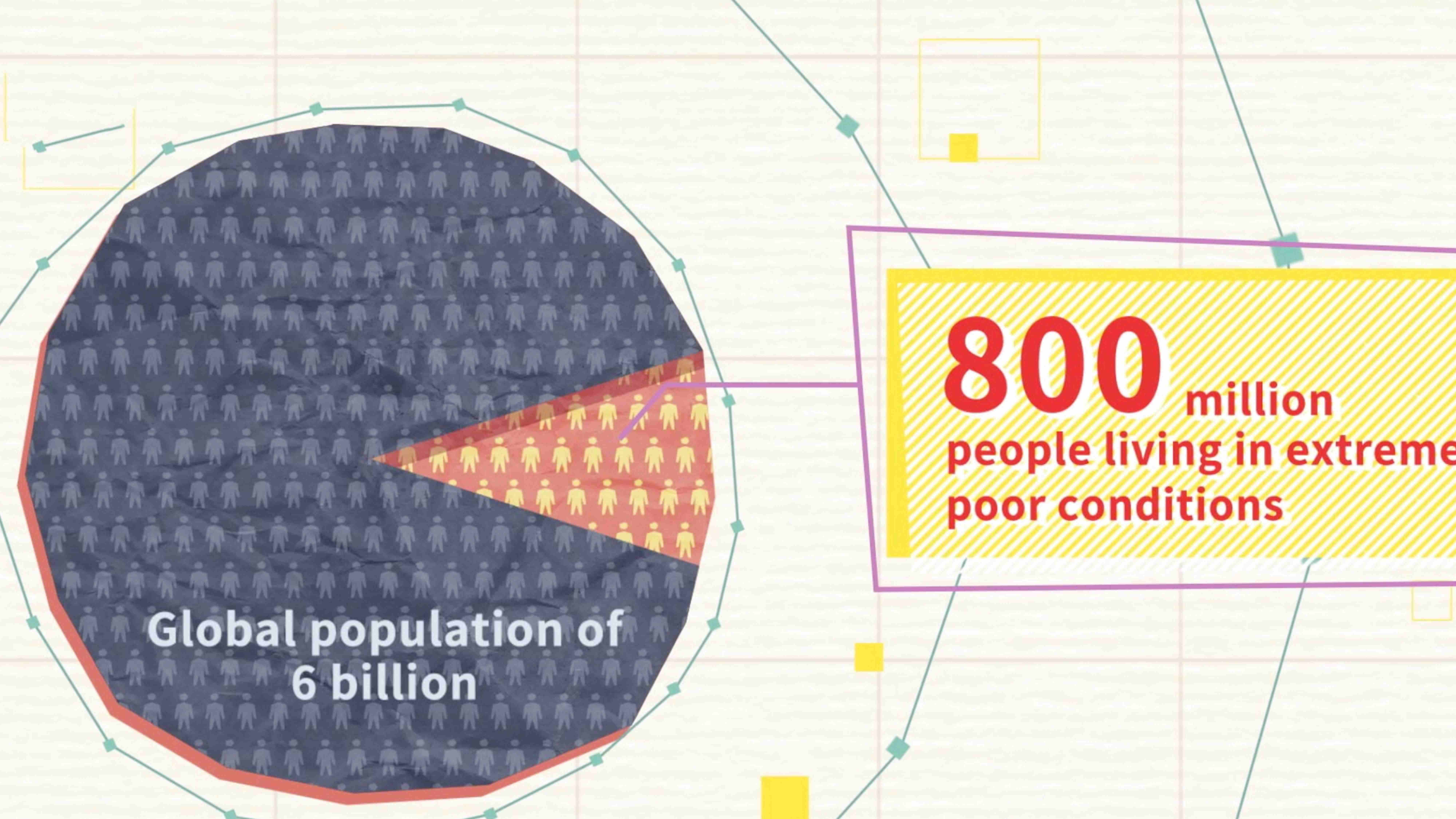
The Dulong Mountain Valley is home to about 7,000 people in China's mountainous southwest. Due to its high altitude, the mountain is snow-covered for half a year, isolating the community in impoverished and rudimentary conditions.
Different from the usual poverty alleviation, government staff are planning to build the mountainous area as a tourism hotspot with its beautiful landscapes.
Pu Guangrong feels like he’s over the moon since government has built new houses for him – two to be exact, one for his family, and another for tourists. Like others in the area, he used to eke out a living by collecting wild fruit and hunting. Tourism wasn't even in his mind, but poverty-alleviation workers changed all that.
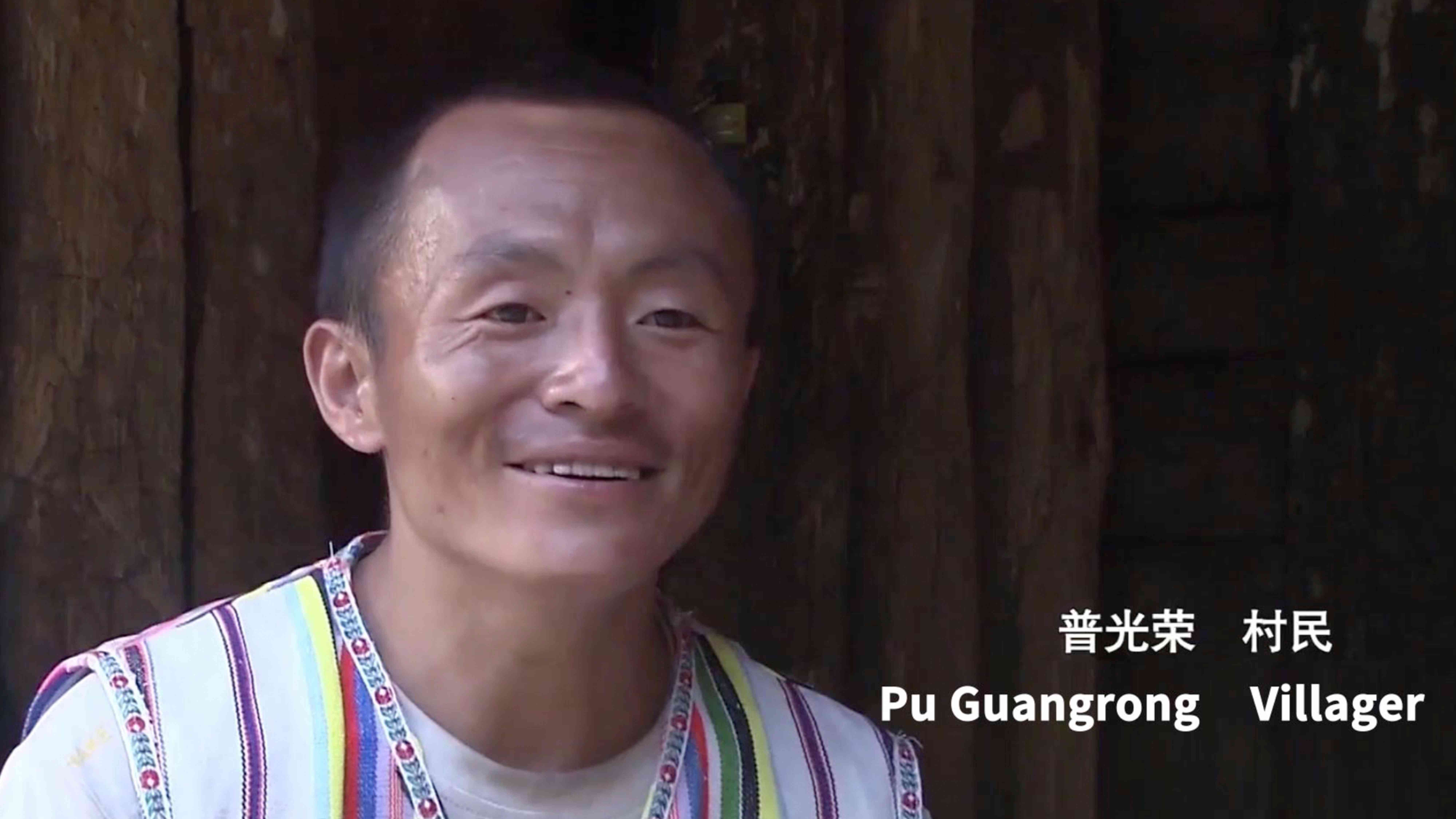
Today, his village is connected to the outside world by a new tunnel, luring in tourists, broadening their vision and bringing in economic revival.
A Chinese saying goes, "Teach a man how to fish, rather than give him a fish."
But targeted poverty alleviation is more than this. The Chinese government would prepare accommodations and jobs in other places for those who live in areas without development value and encourage them to move away from their original places. As for ecological preservation area where exploitation is not allowed, the government will arrange jobs for forest rangers and forest planting. Accordingly, the environment will remain protected while people can have jobs.
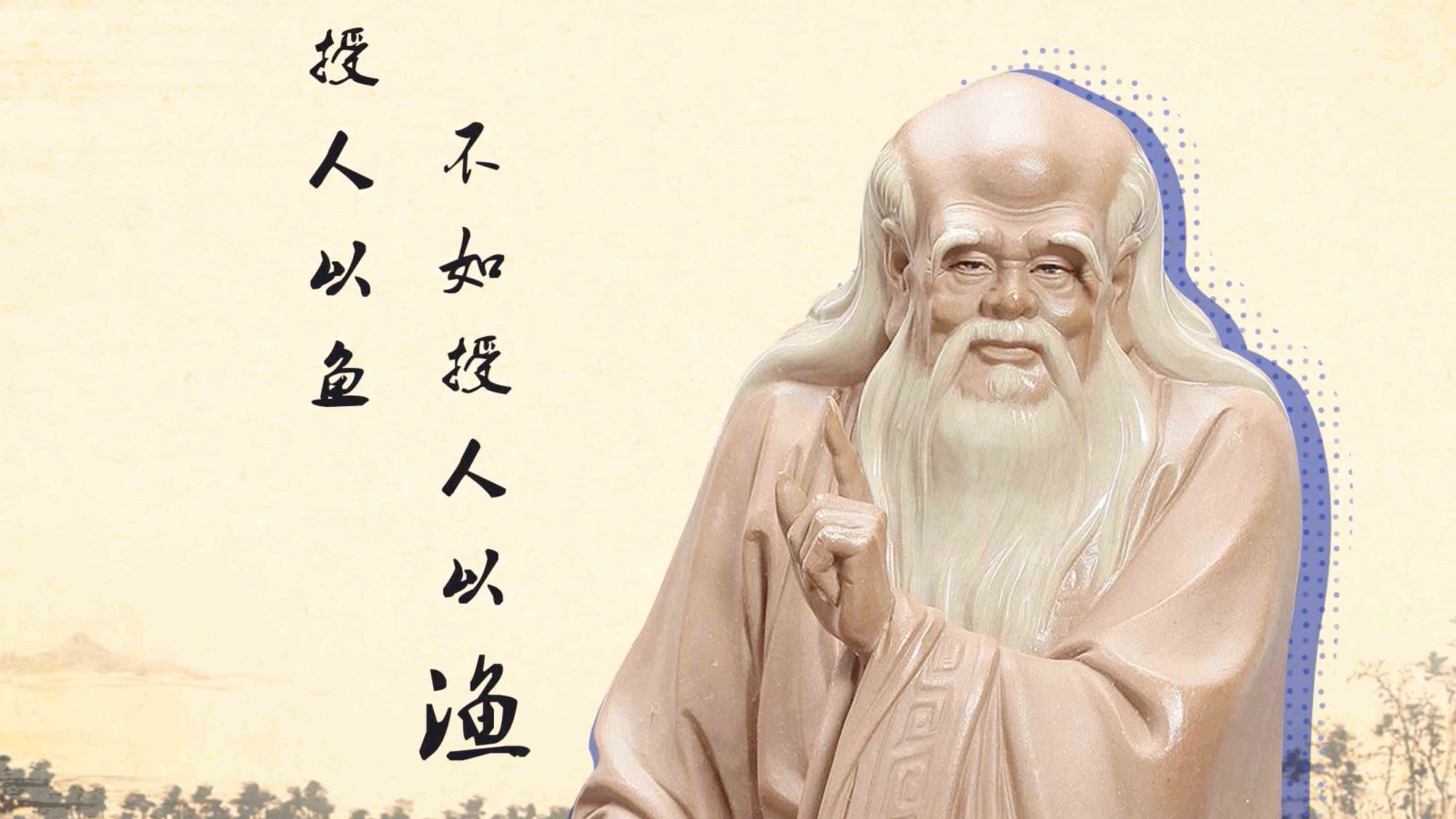
In the past five years, the Chinese government has invested 196.1 billion yuan in poverty alleviation and allocated petty loans - 283.3 billion yuan to poor people.
All positive results reflect on the government's efforts and investment into poverty alleviation. The government officials are encouraged to try their best to implement poverty-alleviation programs. To prevent counterfeiting, the Central Committee of the Communist Party of China has set up a strict inspection system, which allows different provinces to supervise each other, while all data needs to be verified by a third party as well.
Kim Hoonae, director of the International Fund for Agricultural Development’s Asia Pacific Division, has praised China, [C1] “ This anti-poverty policy based on the accountability assessment is very effective. The more effort you put into it, the more support you get from government. As a result, local governments are working under pressure while feeling inspired at the same time."
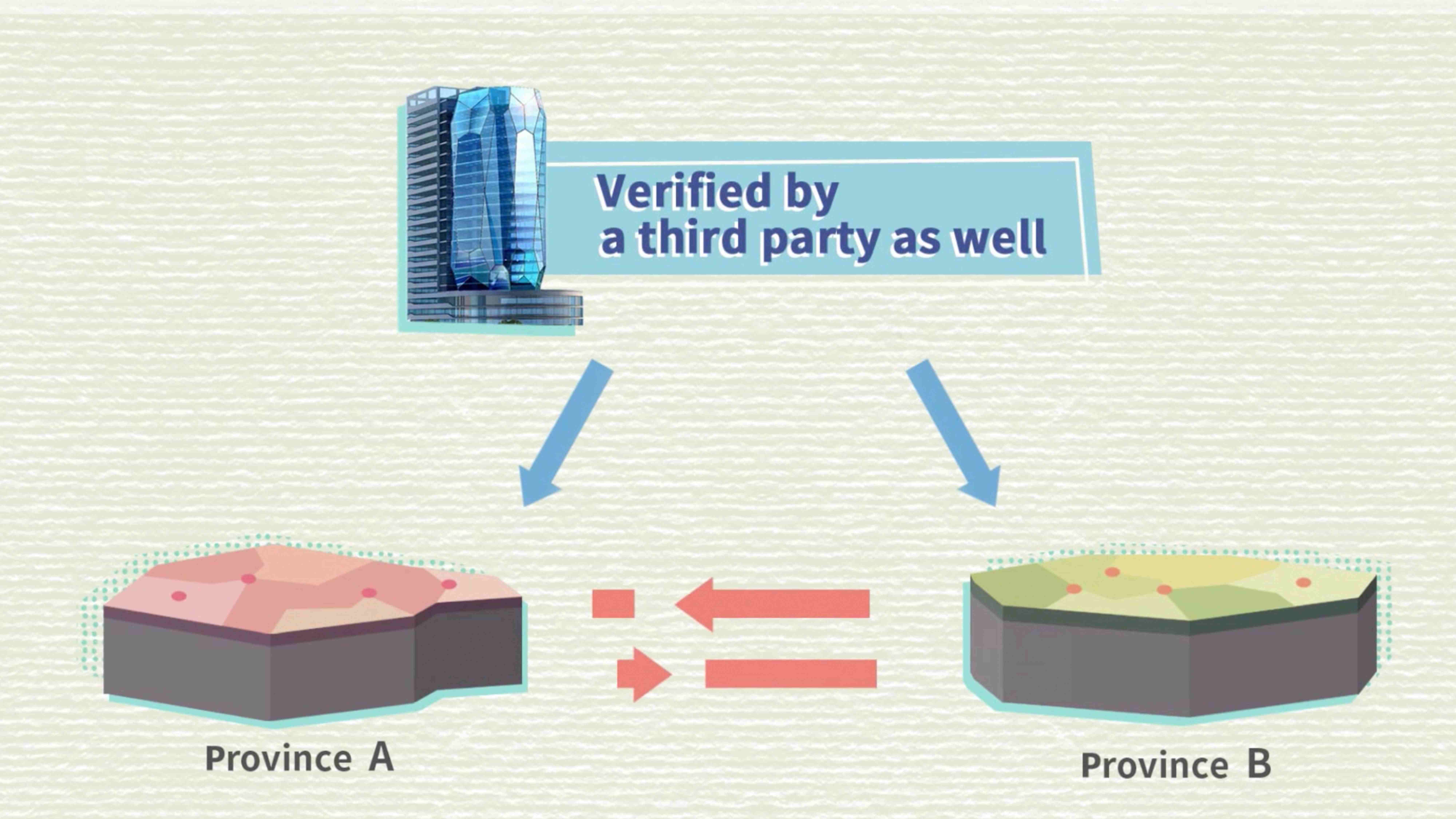
Chinese President Xi Jinping has visited nearly all 14 officially designated 'areas of destitution.' During his entire five-year span at the leadership helm, he has visited poor regions even on the eve of every Chinese Lunar New Year - Spring Festival.
Maybe, as The Huffington Post had suggested, “If we were to learn from the experience of the past decade and half, the next development goals could be to create another China story, so to speak, which would bring humanity at the doorstep of ending extreme poverty for good. “
Watch first five episodes of "Amazing China: A 5-year miracle" series below:

SITEMAP
Copyright © 2018 CGTN. Beijing ICP prepared NO.16065310-3
Copyright © 2018 CGTN. Beijing ICP prepared NO.16065310-3